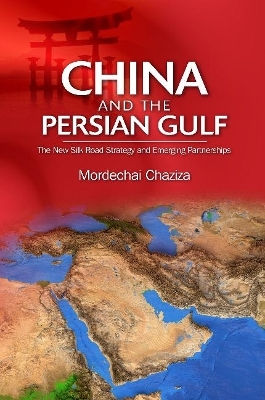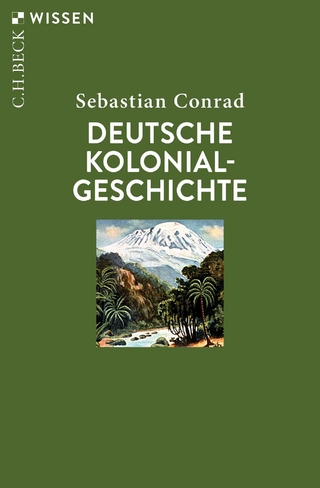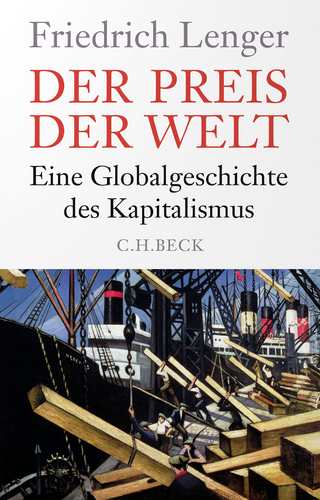
China and the Persian Gulf
The New Silk Road Strategy and Emerging Partnerships
Seiten
2019
Liverpool University Press (Verlag)
978-1-78976-040-8 (ISBN)
Liverpool University Press (Verlag)
978-1-78976-040-8 (ISBN)
Since China announced the Belt and Road Initiative (BRI) in 2013, the Gulf States have regarded it as a means for diversifying their national economies in order to reduce dependence on oil revenues and to achieve their national development strategy. The Persian Gulf region has a significant role in the successful implementation of BRI. Emerging strategic, diplomatic and financial partnerships will enable China to control the flow of its exports to world markets. The BRI has five major goals: Policy coordination, facilities connectivity, free trade, financial integration, and people-to-people bonds. Facilities connectivity, which focuses on transportation and energy infrastructure, is the initiatives priority. The integration between the national development plans of Gulf monarchies, the economic reconstruction plans of Iraq and Iran, and the new economic goals of Saudi Arabia, with Chinas Belt and Road vision have converged to bring forward opportunities. The implementation of the new Silk Road strategy will unleash a regional infrastructure boom by connecting China with Asia, Europe, and Africa by land and sea, boosting renminbi internationalization. Nevertheless, there are challenges that could complicate the envisaged bilateral partnerships. Saudi Arabia: The strategic synergy between the BRI and Saudi Vision 2030 has forged a joint economic development path, but external conflicts (Yemen, Iran) could derail plans. Iran: While Tehran has a special geographical status in West Asia, Washingtons decision to withdraw from the Iran nuclear agreement might create Sino-Iranian trade barriers. The UAE: In July 2018 bilateral relations were elevated to a comprehensive strategic partnership. The synergy between the BRI and UAE Vision 2021 is multifaceted trade, energy, infrastructure and logistics, financial services, military ties, tourism and cultural cooperation but very complex. Most of the Gulf States are governed by monarchies, are at the primary stage of industrialization, and are susceptible to US and European influence. The challenges Chinas ascendancy poses for the US, and the inevitable geopolitical fight back, in conjunction with Gulf regional turbulence, mean that the BRI project will face substantive challenges in the years ahead.
Dr. Mordechai Chaziza holds a Ph.D. from Bar-Ilan University and is senior lecturer at the Department of Politics and Governance and the division of Multidisciplinary Studies in Social Science, at Ashkelon Academic College, Israel. His China and the Persian Gulf: The New Silk Road Strategy and Emerging Partnerships was published in 2019, and his research interests focus on Chinas foreign policy in the Middle East and North Africa; the Kurdistan Arab Spring and ISIS; China and the ArabIsraeli Peace Process; and Chinas non-intervention policy in intrastate affairs.
| Erscheinungsdatum | 03.01.2020 |
|---|---|
| Verlagsort | Liverpool |
| Sprache | englisch |
| Maße | 152 x 229 mm |
| Gewicht | 496 g |
| Themenwelt | Geschichte ► Teilgebiete der Geschichte ► Wirtschaftsgeschichte |
| ISBN-10 | 1-78976-040-2 / 1789760402 |
| ISBN-13 | 978-1-78976-040-8 / 9781789760408 |
| Zustand | Neuware |
| Haben Sie eine Frage zum Produkt? |
Mehr entdecken
aus dem Bereich
aus dem Bereich
die Ukraine, Polen und der Irrweg in der russischen Geschichte
Buch | Hardcover (2023)
C.H.Beck (Verlag)
28,00 €
eine Globalgeschichte des Kapitalismus
Buch | Hardcover (2023)
C.H.Beck (Verlag)
38,00 €


